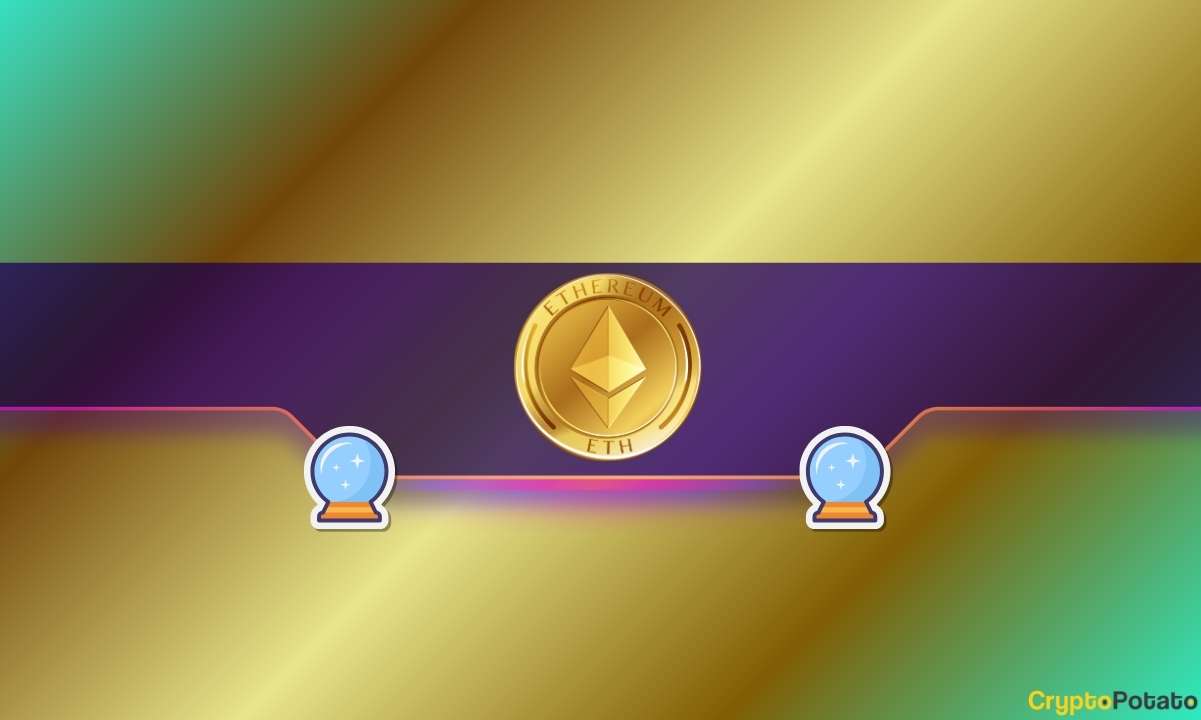Meta, Snap, and TikTok agree to enforce Australia's social media ban
Three of the world’s biggest social media companies have agreed to follow Australia’s upcoming ban on users under 16, backing down from earlier resistance just days before the rule becomes official.
Meta, Snap, and TikTok told lawmakers on Tuesday they will begin blocking young teenagers from their platforms when the new law kicks in on Dec. 10. The companies appeared remotely before a parliamentary hearing in Canberra to explain their plans.
The announcements ease worries for Australian officials who will need to enforce what many call a groundbreaking law.
YouTube now stands alone as the strongest holdout against the restrictions. The video site disputes the government’s label that it operates as social media, instead calling itself a video streaming service.
Companies face steep penalties
Australian lawmakers approved the ban in 2024, hoping to keep young people away from harmful content and bullying that happens online. However, the rule has sparked questions about protecting people’s privacy when checking ages and whether it can actually be put into practice.
The law puts the burden on social media companies to stop anyone under 16 from opening or keeping accounts, or finding ways around the rules. This requirement has frustrated the platforms and been a constant point of complaint. Companies breaking the law could pay penalties reaching A$50 million, which equals $32 million. Young people and their parents face no punishment if rules get broken.
During Tuesday’s Senate hearing, executives from TikTok, Snapchat, Instagram, and Facebook voiced worries about whether the ban will work, trouble with figuring out who is under 16, and fears that young people might move to more dangerous parts of the internet to talk with friends.
Technical challenges ahead with concerns about effectiveness
Mia Garlick, who handles regional policy for Meta, told the hearing that following the rule “presents numerous challenges” as mentioned in a Bloomberg’s report. She explained that current systems for checking identity usually work for ages 18 or 13, not 16.
“Sixteen is a globally novel age boundary that presents significant new engineering and age-assurance challenges,” Garlick said.
Meta plans to use different methods including video selfies to verify how old users are. The company will shut down accounts that don’t meet requirements starting Dec. 10, according to Garlick.
Jennifer Stout, who leads global policy at Snap, said her company has begun the required technical work but finds the unique nature of the law difficult to handle.
“Australia is a first mover in this space,” Stout told lawmakers. “We are learning as we go. We’re going to do the best we can to comply.”
Ella Woods-Joyce, who oversees content policy at TikTok, said the company worries that banning young people by age might not actually keep them safer. Still, she confirmed TikTok is working to meet what the law demands.
As Cryptopolitan reported, YouTube gave testimony to the same group earlier this month but refused to discuss whether it might challenge the ban in court. Rachel Lord, who manages government relations for YouTube in Australia and New Zealand, said the company continues talking with officials and the eSafety Commissioner, which oversees online safety rules in Australia.
Sharpen your strategy with mentorship + daily ideas - 30 days free access to our trading program
You May Also Like

Microsoft Corp. $MSFT blue box area offers a buying opportunity

Brad Garlinghouse: Here’s Ripple’s Valuation Post–$500M Capital Injection

